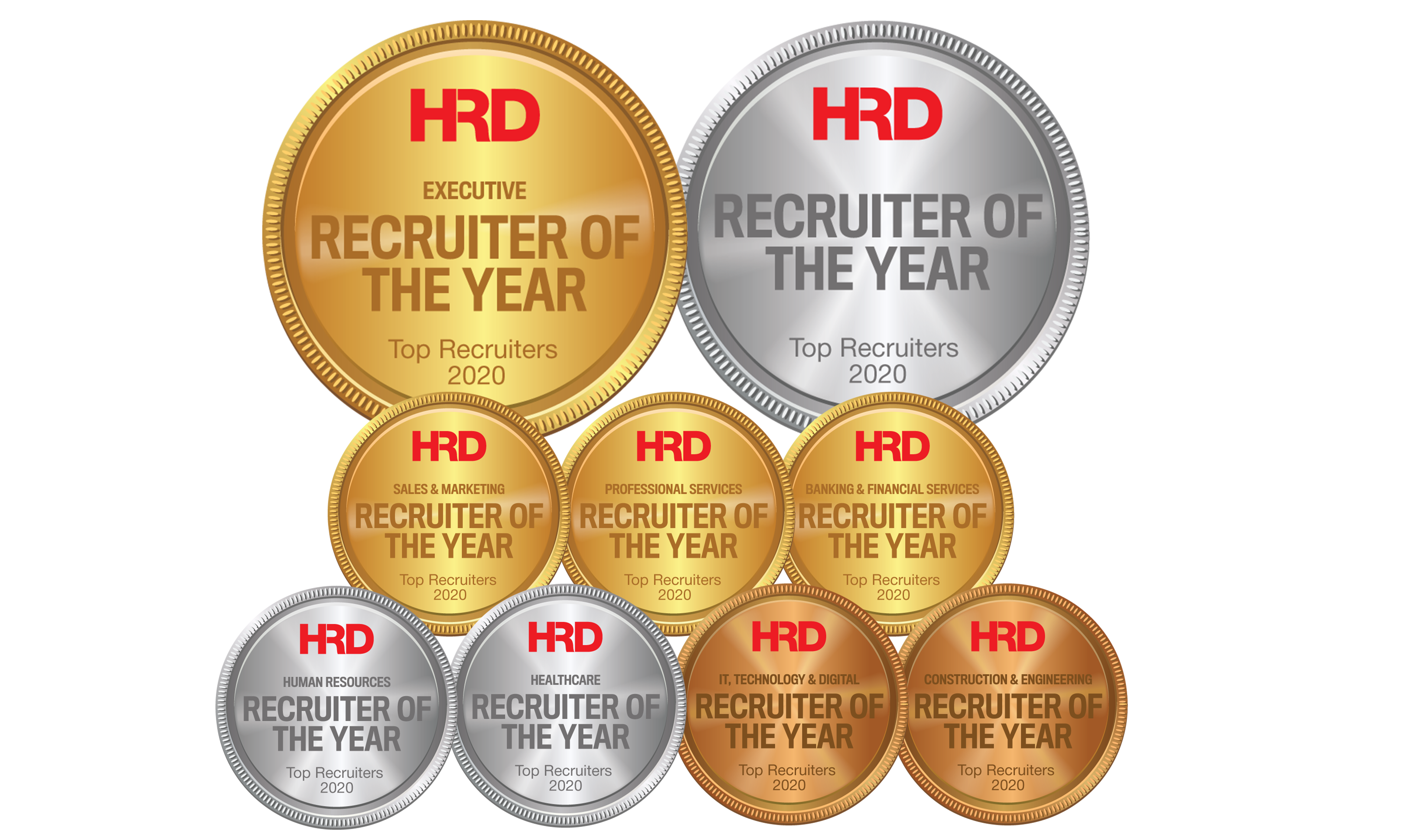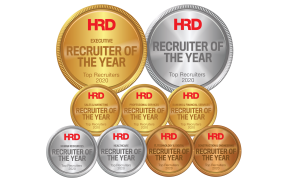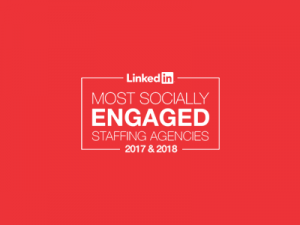
 At Underwood Executive we are delighted to announce that we have been named Executive Recruiter of the Year 2020 by HRD Magazine for the third year in a row. We have won a total of nine medals in Australia’s Top Recruiter Awards in the following categories:
At Underwood Executive we are delighted to announce that we have been named Executive Recruiter of the Year 2020 by HRD Magazine for the third year in a row. We have won a total of nine medals in Australia’s Top Recruiter Awards in the following categories:
- Executive Recruitment – Gold Medal
- Professional Services– Gold Medal
- Banking & Financial Services – Gold medal
- Sales & Marketing – Gold medal
- Overall Recruiter of the Year – Silver medal
- Healthcare – Silver medal
- Human Resources – Silver medal
- Construction & Engineering – Bronze medal
- IT, Technology & Digital – Bronze medal
We are very proud to be acknowledged in these national awards. Most importantly, these awards are recognised by our clients and represent the service they receive, the results we generate and the relationships we build. It’s a genuine recognition of these peer relationships we invest in and value in our consulting practice that mirror our own ethos around culture, leadership and high performance. Awards like these are so important to our team, as they give us an opportunity to reflect and celebrate our point of difference and appreciate the impact we are having on businesses, people and their careers.
Now in our ninth year of business, Underwood Executive is consistently dedicated to the executive search market and winning gold in this category is an absolute thrill and a very proud moment for us. In the past 12 months, we have been accredited with the AESC (Association of Executive Search Consultants), which is an exclusive global industry profession that sets the highest quality standards in executive search and leadership consulting worldwide.
As the only recruitment firm in Adelaide with this membership, it further reinforces our commitment to providing the highest quality standards in executive search and recruitment. The executive search market demands that we become a trusted advisor to our client’s business and we work hard to find them the highest performing talent in the market – talent that they couldn’t otherwise access. We acknowledge the responsibility we have in representing our client’s businesses and how we contribute to their overall success by finding them their most important assets – their people. We are absolutely committed to the fundamental principles of search and are consistently advising our clients on the benefits of this approach – these awards reinforce that our client’s value this approach and the return on investment.
Founder & Managing Director Nicole Underwood says “With dedication, discipline and consistency. The team at UE are united, with team goals, aligned values and a high care factor about what they deliver. We are very clear about who we will and won’t do business with – there has to be an alig nment in terms of people, culture and leadership. We choose to work with organisations who are dedicated to getting this formula right. When you know what you stand for, it makes it much easier to say no. From day one, I have held an unwavering dedication to building this business with that mindset; with the discipline to consistently have a ‘high touch’ relationship service with C-suite level decision makers.”
nment in terms of people, culture and leadership. We choose to work with organisations who are dedicated to getting this formula right. When you know what you stand for, it makes it much easier to say no. From day one, I have held an unwavering dedication to building this business with that mindset; with the discipline to consistently have a ‘high touch’ relationship service with C-suite level decision makers.”
Underwood Executive is an exclusive executive search and talent management consultancy based in Adelaide specialising in sourcing C-suite, leadership and hard to fill positions. Please contact us here.


 Last week, our team travelled to Sydney to be part of LinkedIn’s Most Socially Engaged Staff Agencies awards to celebrate the best in social recruiting.
Last week, our team travelled to Sydney to be part of LinkedIn’s Most Socially Engaged Staff Agencies awards to celebrate the best in social recruiting.




 On Thursday the 24th of May, I was invited to speak at the National Wine Centre in Adelaide for the wine industry’s
On Thursday the 24th of May, I was invited to speak at the National Wine Centre in Adelaide for the wine industry’s 
 Last month I spoke to an executive networking group about work/life balance. I initially felt some resistance towards the topic.
Last month I spoke to an executive networking group about work/life balance. I initially felt some resistance towards the topic.
 12 years ago, I was asked by my business coach to write down a list of all my frustrations in business and in life. I wrote a solid two pages of whinges. It was the permission I needed to have my own little pity parade with on orchestra of violins. It was effective. It gave me several views – an opportunity to offload, an opportunity to get clear, an opportunity to look at patterns and the light bulb moment I needed …….. it was all within my control to change.
12 years ago, I was asked by my business coach to write down a list of all my frustrations in business and in life. I wrote a solid two pages of whinges. It was the permission I needed to have my own little pity parade with on orchestra of violins. It was effective. It gave me several views – an opportunity to offload, an opportunity to get clear, an opportunity to look at patterns and the light bulb moment I needed …….. it was all within my control to change.








 It seems everything I read this month features
It seems everything I read this month features